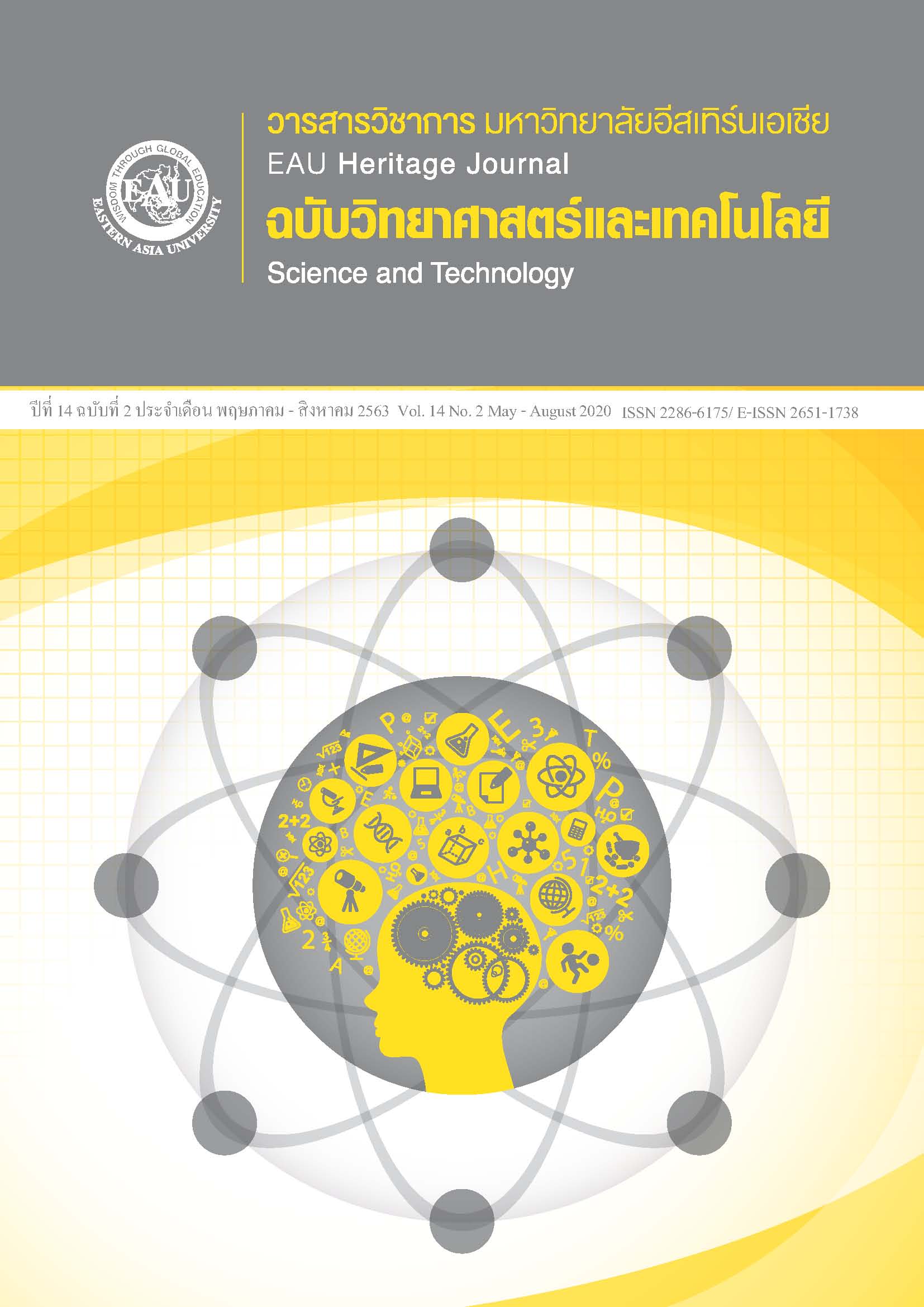ผลของโปรแกรมการจับคู่แปรงฟันต่อการลดแผ่นคราบจุลินทรีย์ ในนักเรียนชั้นประถมศึกษาปีที่ 5 อำเภอเมือง จังหวัดน่าน
คำสำคัญ:
โปรแกรมการจับคู่แปรงฟัน, แผ่นคราบจุลินทรีย์, ค่าเฉลี่ยคราบจุลินทรีย์บทคัดย่อ
การวิจัยครั้งนี้ เป็นการวิจัยกึ่งทดลอง มีวัตถุประสงค์เพื่อ ศึกษาผลของโปรแกรมการจับคู่แปรงฟันต่อการลดแผ่นคราบจุลินทรีย์ในนักเรียนชั้นประถมศึกษาปีที่ 5 อำเภอเมือง จังหวัดน่าน และโดยการเปรียบเทียบความแตกต่างของค่าเฉลี่ยคราบจุลินทรีย์ระหว่างกลุ่มทดลองและกลุ่มควบคุมหลังการดำเนินการ ประชากรที่ใช้ในการศึกษาคือ นักเรียนชั้นประถมศึกษาปีที่ 5 โรงเรียนจุมปีวนิดาภรณ์ อำเภอเมือง จังหวัดน่าน จำนวน 2 ห้องเรียน ได้แก่ ห้องประถมศึกษาปีที่ 5/1 จำนวน 26 คน กำหนดเป็นกลุ่มทดลอง และห้องประถมศึกษาปีที่ 5/2 จำนวน 27 คน กำหนดเป็นกลุ่มควบคุม กลุ่มทดลองจะได้รับโปรแกรมการจับคู่แปรงฟันหลังอาหารกลางวัน ซึ่งเป็นการจับคู่ระหว่างเพื่อนนักเรียน เพื่อดูแลซึ่งกันและกันในเรื่องการแปรงฟันและสามารถตรวจความสะอาดช่องปากหลังการแปรงฟันให้แก่กันและกันได้ ทั้งนี้ในการทดลองได้ทำการตรวจคราบจุลินทรีย์ทั้งกลุ่มทดลองและกลุ่มควบคุม ก่อนและหลังการดำเนินการ ระยะเวลาในการดำเนินการวิจัยระหว่างเดือนกรกฎาคมถึงสิงหาคม พ.ศ.2561 สถิติที่ใช้ในการวิเคราะห์ข้อมูลใช้ การทดสอบ Wilcoxon Sign-Rank test และ การทดสอบ Mann-Whitney U test ผลการวิจัยพบว่าโปรแกรมการจับคู่แปรงฟันสามารถลดแผ่นคราบจุลินทรีย์ในนักเรียนชั้นประถมศึกษาปีที่ 5 อำเภอเมือง จังหวัดน่านได้อย่างมีนัยสำคัญทางสถิติ (p<.05) และเมื่อเปรียบเทียบดูความแตกต่างของค่าเฉลี่ยคราบจุลินทรีย์ระหว่างกลุ่มทดลองและกลุ่มควบคุมหลังการทดลองพบว่า ค่าเฉลี่ยคราบจุลินทรีย์ของกลุ่มทดลองมีค่าน้อยกว่ากลุ่มควบคุมอย่างมีนัยสำคัญทางสถิติ (p<.05)
เอกสารอ้างอิง
Bandura, A. (1999). A Social Cognitive theory of personality. New York: Guilford Publications.
Brieger, R. W. (2006). Social behavioral foundations. Retrieved from http://ocw.jhsph.edu/courses/SocialBehavioralFoundations/PDFs/Lecture8.pdf
Dental Public Health Department Nan Provincial Public Health Office. (2016). Report of Dental Health Operations in Nan Province. Nan: Dental Public Health Department Nan Provincial Public Health Office (in Thai)
Greene, J. C., & Vermillion, J. R. (1964). The simplified Oral Hygiene index. The Journal of the American Dental Association, 68, 7-13. doi:10.14219/jada.archive.1964.0034.
Hott, B., & Walker, J. (2012). Peer-tutoring. Retrieved from https://council-for-learning-disabilities.org/wp-content/uploads/2013/11/Peer-Tutoring.pdf
Hughes, C., & Carter, E. W. (2008). Peer Buddy programs for Successful Secondary School inclusion. Maryland, USA.: Paul H. Brookes Publishing Company.
Jularat, P. (2005). Educational Psychology. Bangkok: Srinakharinwirot University.(in Thai)
Nuankaew, W. (2009). Effectiveness of Buddy Care Program to modify health behavior and health status of Hypertension patient in Silalang, Pua, Nan. Quality of Life and Law Journal, 5(1), 118-128. (in Thai)
Pediatric Association of Thailand. (2017). Guide for parents to disseminate knowledge in child care and development. Bangkok: Royal College of Pediatricians of Thailand Pediatric Association of Thailand. (in Thai)
Putnins,E. E., & Wiebe, B. C. (2000). The periodontal disease classification system of the American Academy of Periodontology-An Update. Journal of the Canadian Dental Association, 66(11), 594-597.
Rajanukul Institute, Department of Mental Health, Ministry of Public Health. (2008). Mental health care handbook for School-Age Children. Bangkok: Printing Agriculture Cooperatives of Thailand. (in Thai)
Ray, C., Robert, W., & Genco, J. (2010). Periodontal disease and overall health: A clinician’s guide. USA.: Professional Audience Communications, Inc.
Roadkaew, K., Leelukkanaveera. Y., & Lawang, W. (2018). The effects of self-regulation with Buddy Care program on diabetes preventive behaviors, body weight, and blood sugar Level among overweight pre-diabetes. Nursing and Education Journal, 11(2), 13-28. (in Thai)
Shree, V., Dhotre, Milind, S., Davane, Basavraj, S., & Nagoba. (2017). Periodontitis, Bacteremia and infective Endocarditis: A review study. Archives of Pediatric Infectious Diseases, 5(3), 1-8. doi: 10.5812/pedinfect.41067.
Suwakhon, S. (2015). Peer to peer support in reducing violence in schools: Case study of a School for Girls in Bangkok (Master’s thesis). Thammasat University. Pathum Thani. (in Thai)
Stock, S., Miranda, C., Evans, S., Plessis, S., Ridley, J., Yeh, S., & Chanoine, J. P. (2007). Healthy buddies: A Novel, Peer-Led Health Promotion Program for the prevention of Obesity and Eating Disorders in children in Elementary School. Pediatrics, 120(4), e1059-e1068.
Thallumi, J., Jackie, A., O’Flaherty, Paul, L., & Shepherd. (2014). Classmate peer-coaching: A study Buddy Support Scheme. Journal of Peer Learning, 7(8), 92-104.
Techaprasertwittaya, C. (2001). Gingival disease, periodontal disesse and therapy. Bangkok: Year Book Publisher. (in Thai)
Triratworrakul, C. (2011). Preventive dentistry in children and adolescents. Bangkok: Best Book Online Company Limited. (in Thai)
WongWat, N. (2007). Matched learning results on nursing thinking processes and anxiety about the practice of Nursing Students. Nursing and Education Journal, 1(1), 62-69. (in Thai)







